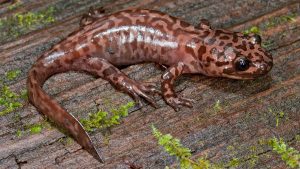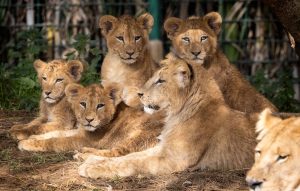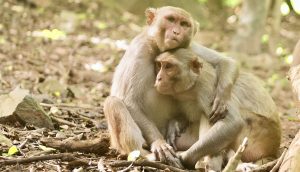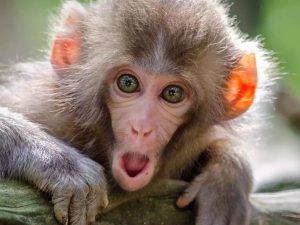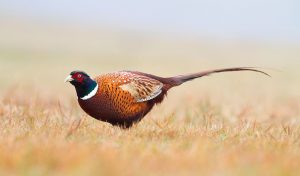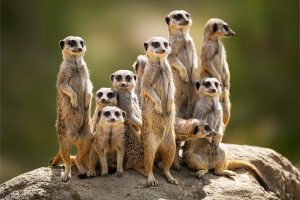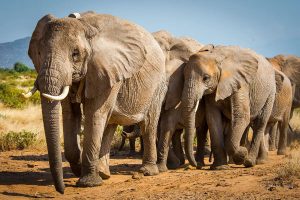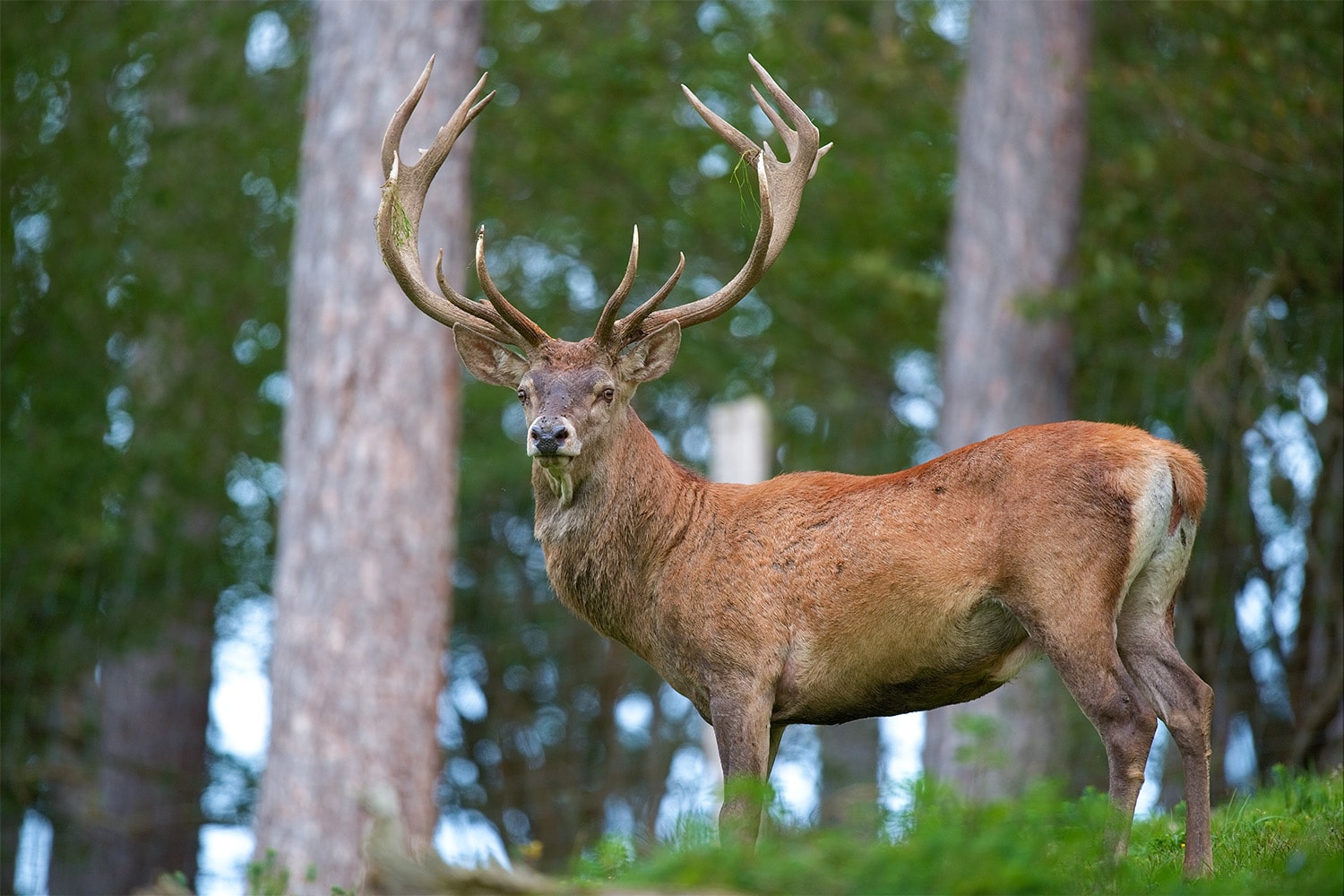
30 interesting facts about red deer
- 👁️ 437
Red deer, majestic creatures of the forest, stand as a symbol of the untamed wilderness that still thrives in parts of the world. Known for their impressive antlers and distinguished by their rich, russet coats, these animals have captivated the human imagination for centuries. Found in various parts of Europe, Asia, and North Africa, red deer have adapted to a wide range of habitats, from open woodlands to mountainous regions. They play a crucial role in their ecosystems, influencing the structure of forests and the diversity of plant life. Let’s delve into some fascinating facts about red deer that highlight their importance in nature and their unique characteristics.
- Red deer are the fourth-largest deer species, after moose, elk, and sambar deer.
- The species name for red deer is Cervus elaphus.
- Male red deer are known as stags, while females are called hinds.
- Stags can grow antlers up to one meter long.
- Antlers are shed and regrown annually, getting larger as the stag ages.
- Red deer are native to Europe, Asia Minor, and parts of western and central Asia.
- They have been introduced to other parts of the world, including New Zealand, Australia, and Argentina.
- The red deer’s coat changes color seasonally, from grey or light brown in the winter to a rich red in the summer.
- Stags emit a loud, roaring call during the rutting season to attract hinds and challenge other males.
- The rutting season occurs in the autumn, and it’s when stags compete for the attention of hinds.
- Hinds give birth to one calf at a time, usually in late spring or early summer.
- Calves are born with white spots on their fur, which disappear as they grow older.
- Red deer are herbivores, primarily grazing on grasses, but they also eat leaves, branches, and shoots.
- They have a four-chambered stomach that allows them to digest tough, fibrous plant material.
- Red deer populations are managed in some areas to prevent overpopulation and overgrazing, which can lead to environmental damage.
- In the past, red deer were hunted for their meat, hides, and antlers.
- Today, they are still hunted, but in many areas, hunting is regulated to ensure sustainable populations.
- Red deer have been featured in art, literature, and folklore throughout history.
- In many cultures, the red deer is a symbol of growth, regeneration, and spiritual authority.
- Some of the oldest known cave paintings, such as those in Lascaux, France, depict red deer.
- Red deer are ruminants, meaning they chew cud regurgitated from their stomach.
- Predators of red deer include wolves, bears, and lynxes in their natural habitats.
- The lifespan of a red deer in the wild is typically around 10 to 13 years, but they can live longer in captivity.
- Red deer herds are usually matriarchal, led by the oldest and largest hind.
- Stags may form bachelor groups outside of the breeding season.
- The red deer is the national animal of Scotland.
- Scotland’s Cairngorms National Park is known for its significant red deer population.
- Conservation efforts are in place in several countries to protect red deer habitats and ensure the species’ survival.
- Climate change and habitat loss are the biggest threats to red deer populations worldwide.
- In some cultures, red deer antlers are used in traditional medicine.
In conclusion, red deer are not just beautiful and majestic animals; they are also creatures of great ecological and cultural significance. Their presence enriches the biodiversity of their habitats and continues to inspire human cultures around the globe. As we move forward, it’s essential to ensure that red deer, along with their natural environments, are preserved for future generations to admire and study. Through conservation efforts and sustainable management, we can help maintain the balance that allows both wildlife and humanity to thrive.
